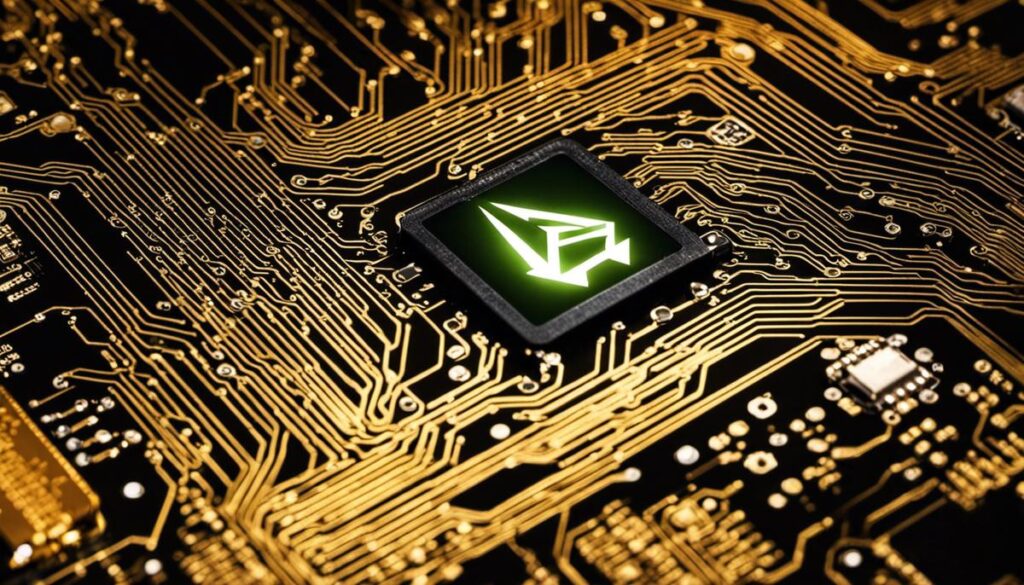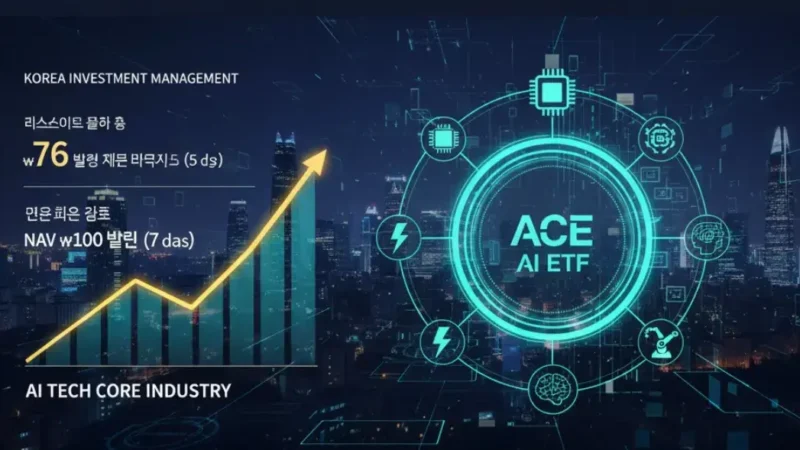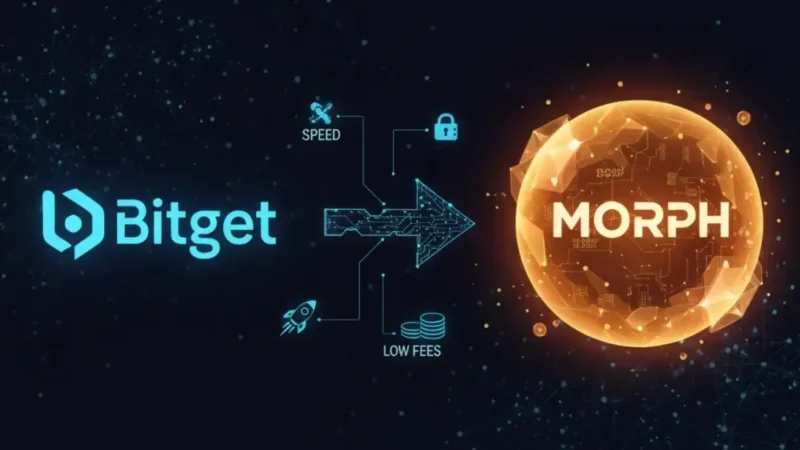Understanding the Ethereum Virtual Machine: A Beginner’s Guide

In the vast and thrilling landscape of the cryptocurrency world, the Ethereum Virtual Machine (EVM) occupies a pivotal position. Engendering its significance is its distinctive functionality that enables the seamless interpretation and execution of Ethereum smart contracts. With an intention to decode this fundamental part of the Ethereum ecosystem, this discourse elucidates the basics of EVM, exploring its operation, role, and underlying architecture. Additionally, it dissects the intricate relationship between EVM and the Ethereum smart contracts, furnishing insights into their creation, execution, and the use of Solidity language. In an attempt to provide a comprehensive perspective, it also contrasts EVM with other blockchain virtual machines, highlighting their differences, pros and cons.
Basics of Ethereum Virtual Machine (EVM)
Understanding the Ethereum Virtual Machine
The Ethereum Virtual Machine (EVM) is an integral part of the Ethereum ecosystem, a decentralized platform that enables developers to build and deploy smart contracts and decentralized applications. EVM can be best described as a global, decentralized supercomputer that leverages the blockchain technology to ensure transparency, security, and immutability. It serves as the runtime environment for smart contracts in Ethereum.
The Operation of Ethereum Virtual Machine
EVM operates on a unique principle where every operation executed consumes a certain amount of gas. Gas, in the Ethereum context, refers to the computational effort that’s required to execute certain operations. Each gas unit consumed by a transaction must be paid for in Ether, Ethereum’s native cryptocurrency, allowing the network to assign a cost to any given computation or transaction.
The EVM works by isolating smart contracts from the rest of the network, thereby ensuring any smart contract cannot have access to a network’s full computational capabilities and resources. This is essential in safeguarding the Ethereum blockchain from potential security threats.
Significance of Ethereum Virtual Machine
The EVM’s significance in the cryptocurrency world stems from its ability to run Turing-complete scripts, and its role in enabling the use of smart contracts. With traditional contracts, trust issues could arise from either party, but the EVM eliminates this potential drawback by automatically executing contractual obligations once predefined conditions are met.
The EVM also allows anyone to create a DApp on Ethereum, which are open-source applications that leverage the blockchain technology. This eliminates any need for a middleman and provides unprecedented levels of transparency and security, greatly disrupting traditional business models.
Functionality and Objective of the Ethereum Virtual Machine
Functionally, the Ethereum Virtual Machine is designed to serve as the operational heart of the Ethereum protocol. EVM handles internal state and computation, overseeing the execution of smart contracts, thus improving the flexibility of the Ethereum network.
The primary objective of EVM lies in enabling developers to create decentralized applications with relative ease, while also ensuring these applications run smoothly within the Ethereum ecosystem. It facilitates developers with a comprehensive set of computational instructions to build and deploy high-end applications, while maintaining a strong security protocol.
When discussing the core functionality of Ethereum, an essential element to consider is the Ethereum Virtual Machine (EVM). The EVM is a remarkable technology that plays a pivotal role in enabling Ethereum’s operations. Its primary responsibilities include executing smart contracts, operating Decentralized Applications (DApps), and maintaining the security and integrity of applications by isolating them from the primary network. These functions make it a fundamental feature of the Ethereum blockchain.

The Architecture of Ethereum Virtual Machine
Understanding the Basic Architecture of the Ethereum Virtual Machine
The Ethereum Virtual Machine, or EVM for short, is a cutting-edge, Turing complete system that forms part of the Ethereum protocol. As a vital component of the Ethereum ecosystem, the EVM serves as the runtime environment for executing smart contracts within the Ethereum framework. Additionally, one of its defining attributes is its sandboxed feature, making it an isolated environment within the Ethereum network. This isolation ensures its efficacy as a testing ground for applications before they interact with the main Ethereum network.
Furthermore, the EVM operates on a stack-based architecture. In a stack-based virtual machine, operations follow a last-in-first-out (LIFO) data structure model. This setup enables the EVM to directly interact with and manipulate its primary data space – the stack – by pushing, popping, or altering data. The use of a stack-based system increases the platform’s simplicity and uniformity, making it easier to manage and control than more convoluted structures.
The Memory Model of Ethereum Virtual Machine
EVM’s memory model plays a crucial role in its function. EVM uses a volatile, word-addressable memory where each word is 256-bit wide. It is ephemeral by nature, meaning it is temporary storage that ceases to exist once a function execution ends. The memory is linear and can be expanded when needed.
Once utilized, the cost of memory remains linear with the length of its utilization, aiming to foster fairness and security in the system. Thus, higher memory usage leads to more gas costs, which keeps EVM execution balanced against computational work.
Storage Model of Ethereum Virtual Machine
While memory is temporary, the EVM also has a long-term data storage system called storage. Similar to memory, storage is also word-addressable but is infinitely expandable. Its contents are preserved between function calls and transactions, and they can influence the machine’s future decisions.
However, reading from and writing to storage is costly. Modifying storage uses more gas than almost any other operation in the EVM because each write creates a permanent change in the multi-terabyte state of Ethereum.
The Processing of Smart Contracts
One of the key functionalities of the EVM is its ability to process smart contracts. Smart contracts are self-executing agreements with the terms directly written into code. They are stored on the Ethereum blockchain and run by the EVM.
Each operation in the EVM, such as arithmetic, logical, and environmental operations, has a defined number of gas units, and these operations are executed one at a time in a sequential manner. If an operation fails, the EVM reverts all changes and consumes all the gas.
Unpacking the Role of Gas in Ethereum
Gas is an indispensable asset in the Ethereum network, it functions as the fuel driving computations and storage in the system. The cost, paid in ETH, is associated with every operation that occurs in the Ethereum Virtual Machine (EVM).
The use of gas is a prudent method of maintaining limitations on resources such as memory, processing power, and storage within the EVM. The principle here is, the higher the computing intensity of a transaction, the higher the gas expenditure will be. This not only dictates network’s computational economics, but also discourages malicious activities such as contracts that demand excessively high resources or provoke unrestrained, looping actions.

Ethereum Smart Contracts and the EVM
Deciphering Ethereum Smart Contracts and the Ethereum Virtual Machine
One of the defining features of the Ethereum blockchain is its smart contracts. These are autonomously executing agreements, with the contract’s conditions directly integrated into the code lines. It is within the Ethereum Virtual Machine (EVM) that these smart contracts are created, deployed, and put into action.
The Role of the EVM
The EVM operates as a decentralized computer, executing scripts using a global network of public nodes. Its primary function is to manage and execute Ethereum smart contracts, acting as a bridge between the smart contracts and the Ethereum blockchain itself. The EVM is isolated from the main Ethereum network, which enhances security; even if a smart contract ends up being compromised, the entire Ethereum blockchain will not be affected.
Smart Contract Deployment
Smart contracts are deployed through a transaction on the blockchain. When this transaction is validated, the contract is officially on the Ethereum network. This deployment involves the EVM executing a special contract creation code, which returns the body of the finalized smart contract. Once the contract is deployed, it receives an address on the Ethereum network where it can be found and interacted with.
Interacting with Smart Contracts
There are multiple ways users can interact with smart contracts on the EVM. An individual can send a transaction to the smart contract’s address, call a function on the contract, or even use another smart contract to interact with it. Each function call within a smart contract is noted on the blockchain, unless the function is marked as ‘view’ or ‘pure’, which refers to a function that doesn’t alter the state of the contract.
Solidity: The Language of Ethereum Smart Contracts
Smart contracts for Ethereum are typically written in a programming language called Solidity. Designed to create contracts for voting, crowdfunding, blind auctions, multi-signature wallets, and more, Solidity is statically-typed, supports libraries, complex user-defined types, and comes with a range of built-in functions with which to interact. Its syntax is like JavaScript, which makes it familiar to a wide range of developers. Once written, Solidity code is compiled to bytecode that can be run on the EVM.
Understanding the Interplay of EVM and Smart Contracts
The Ethereum Virtual Machine (EVM) serves as the executor of smart contracts within the Ethereum network. When a function in a smart contract is invoked, it’s the EVM that reads and executes the code. Working in an isolated environment enables the EVM to mediate contract-based transactions in a trustless, transparent, and secure manner. Thus, the Ethereum network operates as a world computer, facilitating programmable transactions that are as varied and complex as the imagination of the developer allows.

Photo by dylancalluy on Unsplash
Ethereum Virtual Machine vs Other Blockchain Virtual Machines
Delving Deeper into the Ethereum Virtual Machine
The EVM is not just the executor of smart contracts in Ethereum but also its runtime environment. Its isolation from the main network makes it the ideal sandbox for testing smart contracts. It’s important to note that the EVM has no access to the network, file system, or any other processes.
Unlike the Bitcoin Virtual Machine, the EVM is Turing complete—it’s capable of executing code of any algorithmic complexity. The EVM also ensures that the code running on every Ethereum network node worldwide produces the same output. This characteristic of the EVM allows for a unique and robust global consensus.
Comparative Analysis: Ethereum Virtual Machine vs Bitcoin Virtual Machine
Compared to the Bitcoin Virtual Machine, the Ethereum Virtual Machine is far more powerful, not just in terms of its computational capabilities, but also in terms of its flexibility and convenience for developers. The EVM is able to process and execute complex contracts and financial tools, something which the Bitcoin VM can’t do.
On the downside, the computational powers of EVM come with an associated cost – Gas. Every executable operation in EVM requires a certain amount of gas, which must be paid for in ETH (Ethereum’s native cryptocurrency), consequently making it more expensive to use.
Moreover, EVM’s ability to execute complex contracts also leads to questions about its security. The more complex a system, the more potential vulnerabilities it can have, making EVM a potential target for hacks.
Why Developers Prefer Ethereum Virtual Machine
Despite the associated costs and potential security concerns, many blockchain developers prefer the Ethereum Virtual Machine over other blockchain virtual machines. One reason is the programming language used by the Ethereum blockchain is solidity, which is relatively easy to learn and use, thus attracting more developers.
In addition, Ethereum’s widespread adoption by developers and enterprises around the world has led to a robust and thriving ecosystem that promises ongoing enhancements and support for Ethereum-based applications. As such, for developers seeking to develop and deploy decentralized applications (DApps), the EVM offers a compelling choice.

Having journeyed through the convoluted labyrinth of the Ethereum Virtual Machine, we find ourselves now equipped with a solid understanding of its basics, architecture and relationship with Ethereum smart contracts. Through this exploration, we’ve comprehended the pivotal role of EVM in the Ethereum ecosystem and the vibrancy it brings to the world of cryptocurrency. Moreover, the cross-examination of EVM with other blockchain virtual machines has empowered us to discern its advantages and disadvantages, while appreciating the reasons behind the choice of developers. Being thus informed, we are better prepared to navigate the vast thrilling expanse of the cryptocurrency realm, powered by our knowledge of one of its fundamental constituents – the Ethereum Virtual Machine.





4 thoughts on “Understanding the Ethereum Virtual Machine: A Beginner’s Guide”